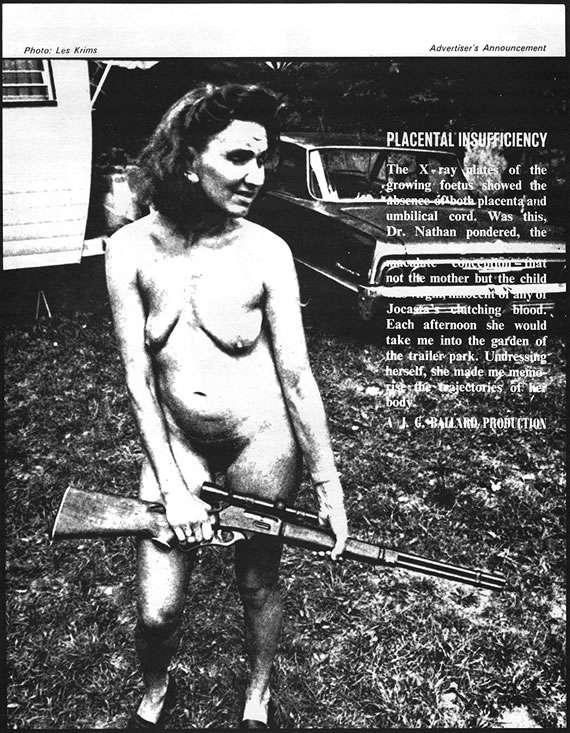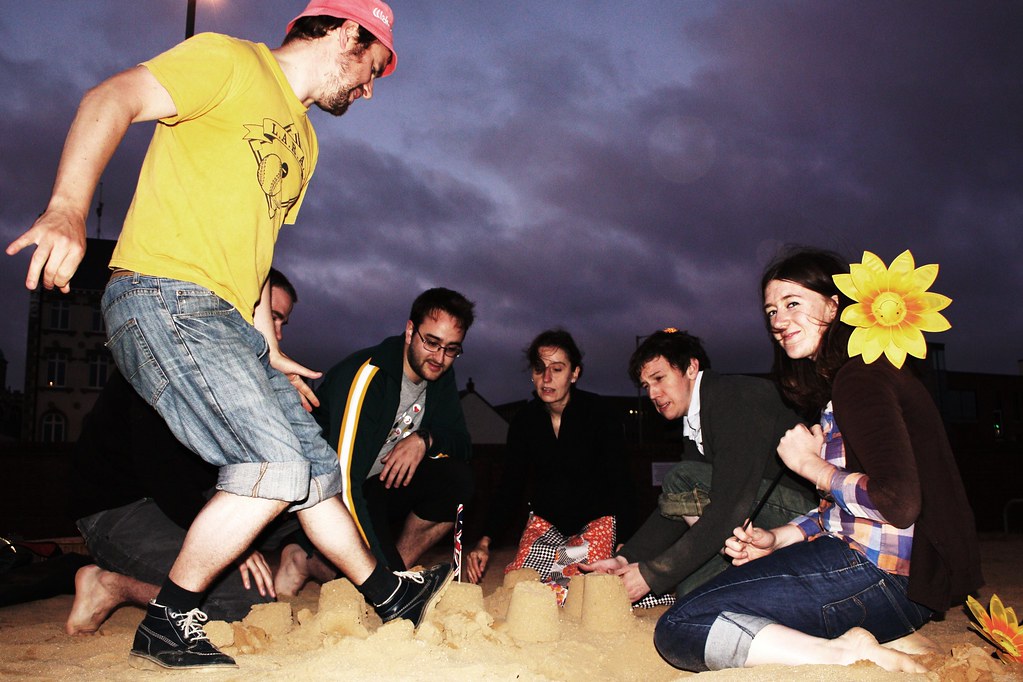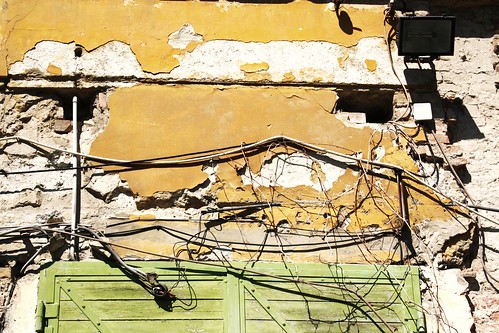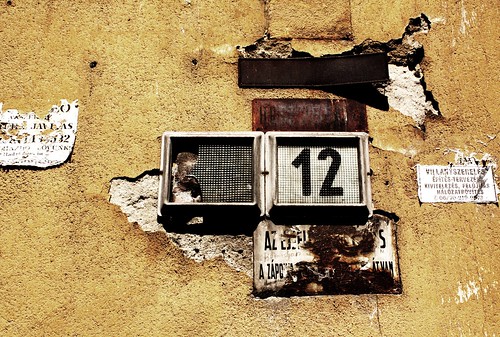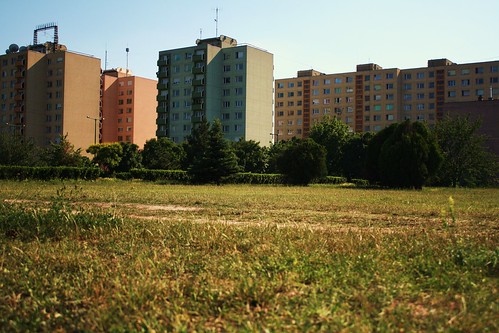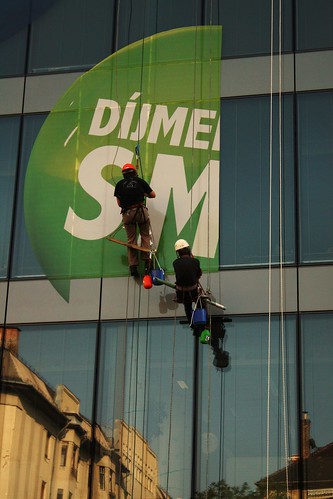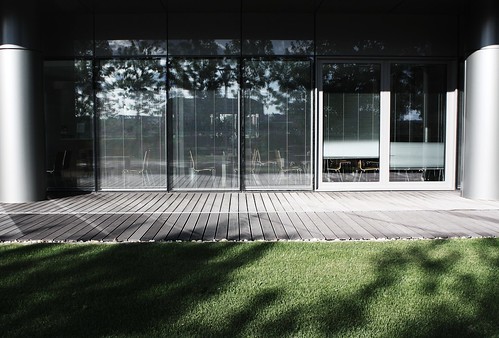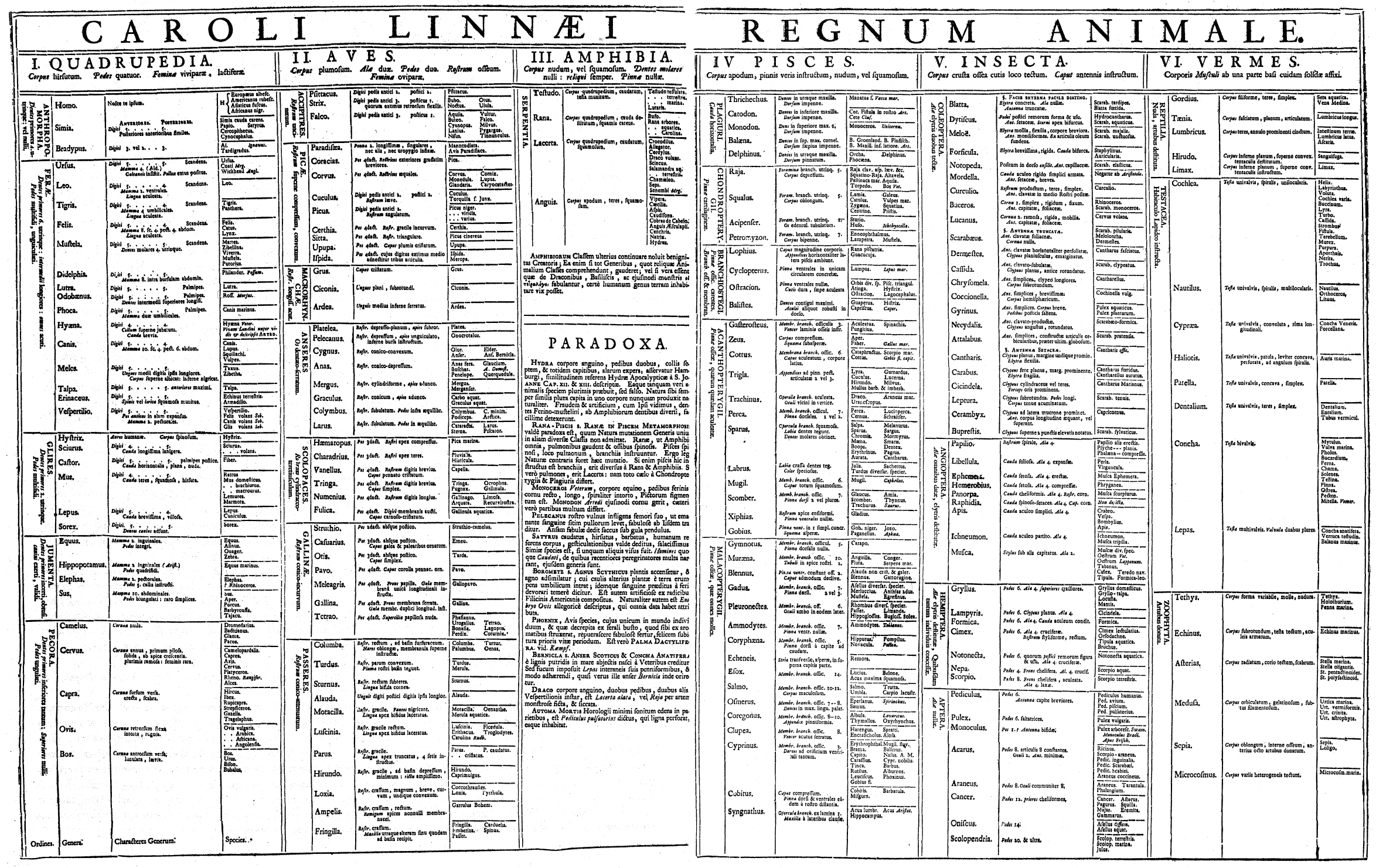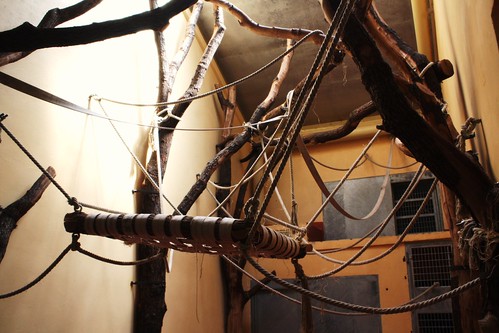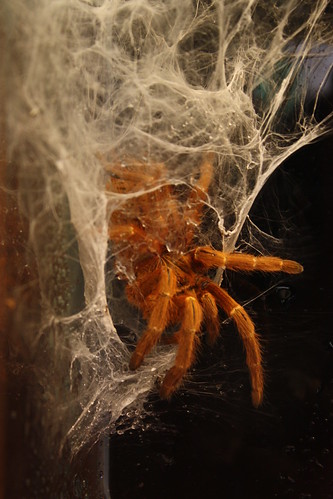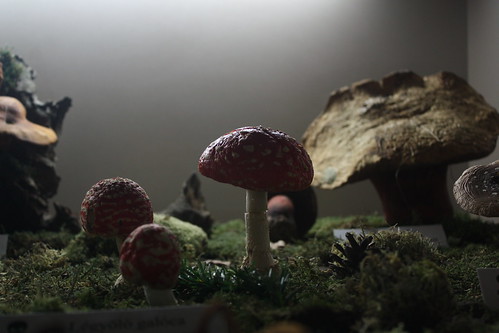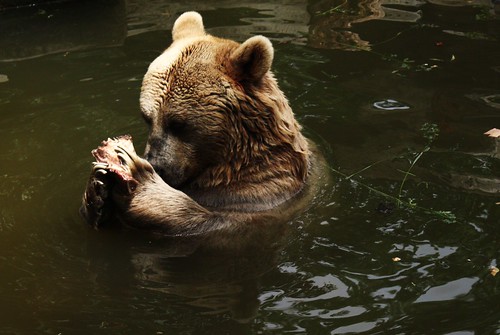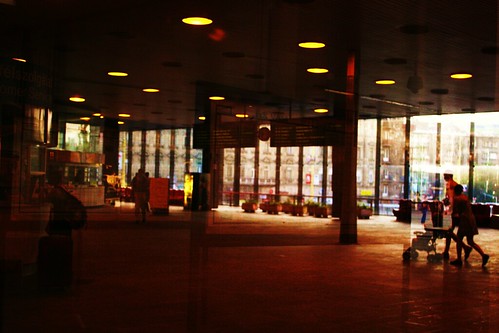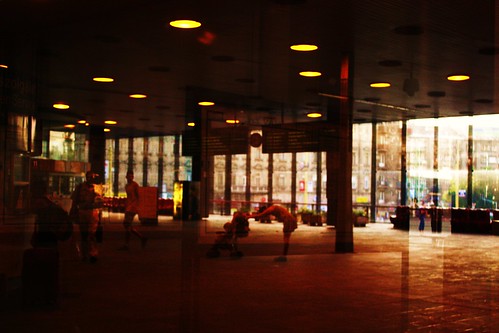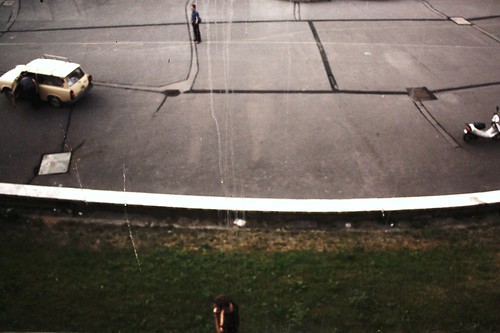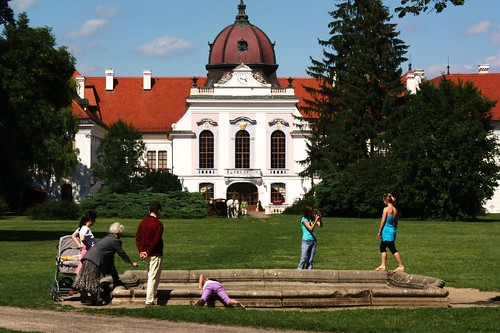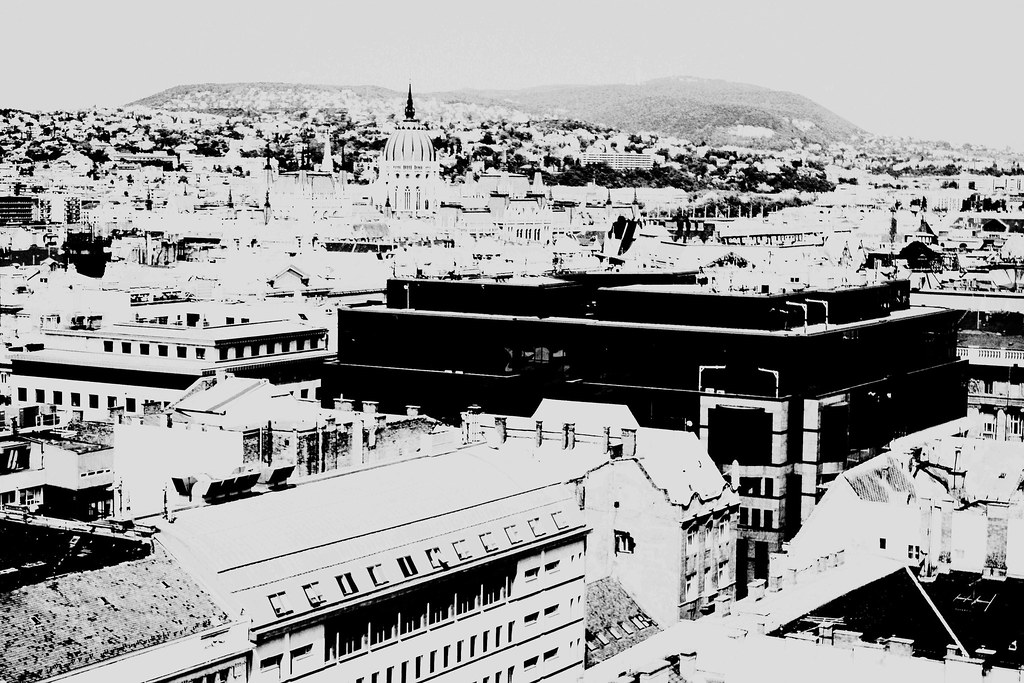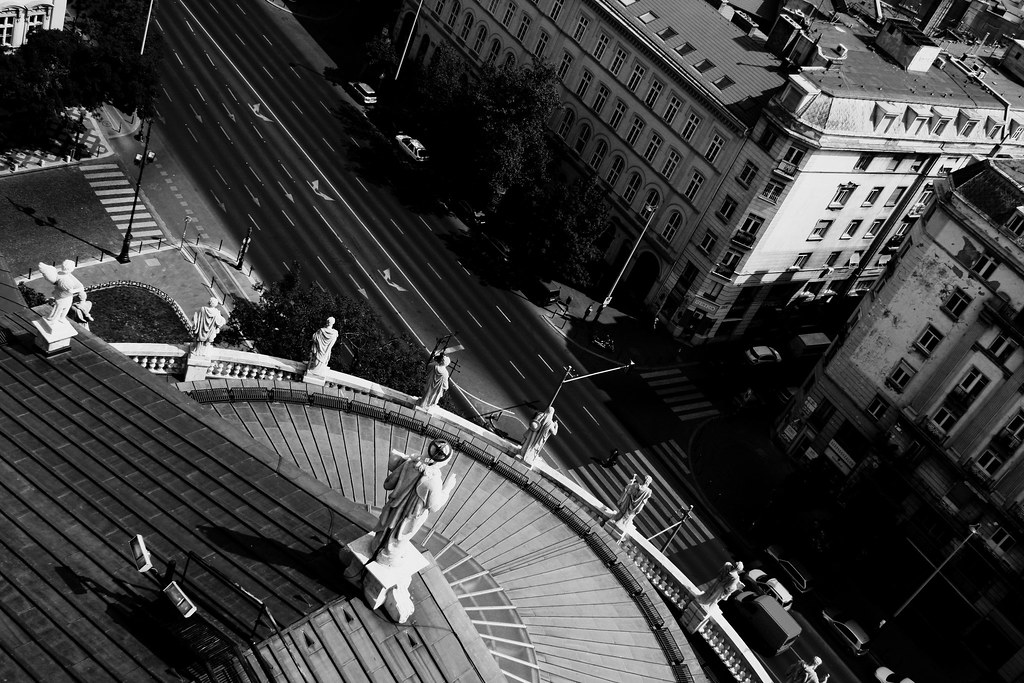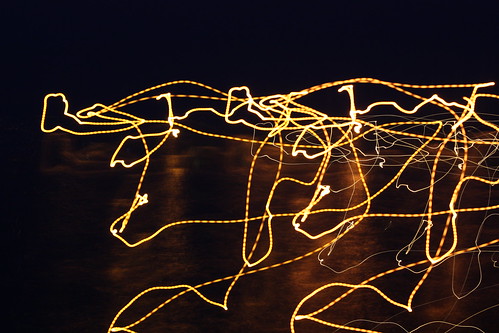
After leaving university, I embarked on what I, tongue-ever-in-cheek, called a "portfolio career". Like a very minor Del Boy, gone legit and working in the glamorous world of provincial PR and marketing (and shilling copy, not cans of best before Spam), I juggled freelance contracts from the extendable table in the corner of our Norwich flat and was paid handsomely, courtesy of government grant or quango funding stream.
At only ten months' repose, there seems something very anachronistic, very
noughties about this way of making a living. It was a very fortuitous means to an end for me, but at the time "going freelance" became more and more attractive to graduates, given the push of a extremely competitive first job market and the pull of the apparently-unlimited opportunities online, accompanied by the kind of aggressive individualism internet culture has fostered.
Since this is a vamp for an anecdote, not a rant, I'll leave that ellipsis hanging. Suffice to say, it was rather a relief to let those spinning plates fall. Here in Budapest, I earn my daily
kenyér as an English teacher (though my beefs about the TEFL industry are a topic for another time too) and I love it. My students are, to a man, both interesting and interested. Moreover, it's the best cultural education I could have hoped for. When my students finally tire of my provincial bemusement (
You mean you really celebrate Christmas on December 6th? and
Jesus, you guys really like sour cream, don't you!), my surest conversational gambit is language teacher fallback: What do you like to do in your freetime?
The Hungarians I've met really make the most of it. The social lives of the Zsolts, Attilas and Évas in my charge are a never-ending whirl of wine tastings, horse rising expeditions, hiking trips and family dinners chez
anya és apu. In the spirit of "When in Rome..." and in the realisation that hand-wringing and procrastinating probably don't count as hobbies, we've been doing the same.
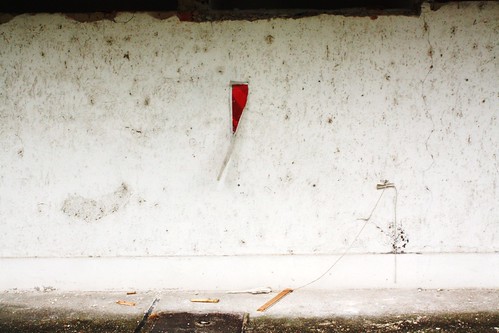
Last weekend, we went to Lake Balaton, Hungary's own freshwater riviera; playground of the extremely rich, the chronically active and the exceedingly drunk, and the largest freshwater lake in Europe to boot. Our six-man tent was (due to an ongoing plumbing saga) probably better equipped than our home and I spent a very pleasant weekend cooing menacingly at infants, picking pike bones out from between my teeth and lolling around on a patio chair.

I spent my formative years getting sand up my bum on England's East Coast (and made a life's work out of sifting through the great rafts of borrowed nostalgia bestowed on me there ever since), but
Joe, from Richmond, North Yorkshire - about as landlocked as we Brits can muster - spent his holidays at the Lakes, and there's more than a passing resemblance here: low-slung huts selling inflatables gathered around car parks, discount supermarkets stocking nothing edible, tow bars and foreign number plates, all-weather dressing with cheap anoraks and sunglasses, "rustic" wooden restaurant terraces and individually-wrapped sliced cheese.

We went to Lake Balaton in search of Hungarians at play, but unseasonable rain kept them all indoors. The paid-admission beaches (actually the strip of turf hemming the lakeside) were deserted and the ice cream sellers had buggered off home. We strolled around the blue-milk lake in the drizzle, Joe trounced me at
csocsó and we watched the Condeferations Cup and sipped sewery beer in a tiki hut on the edge of the great, dark mass of water. Contranians both, we were pleased.




